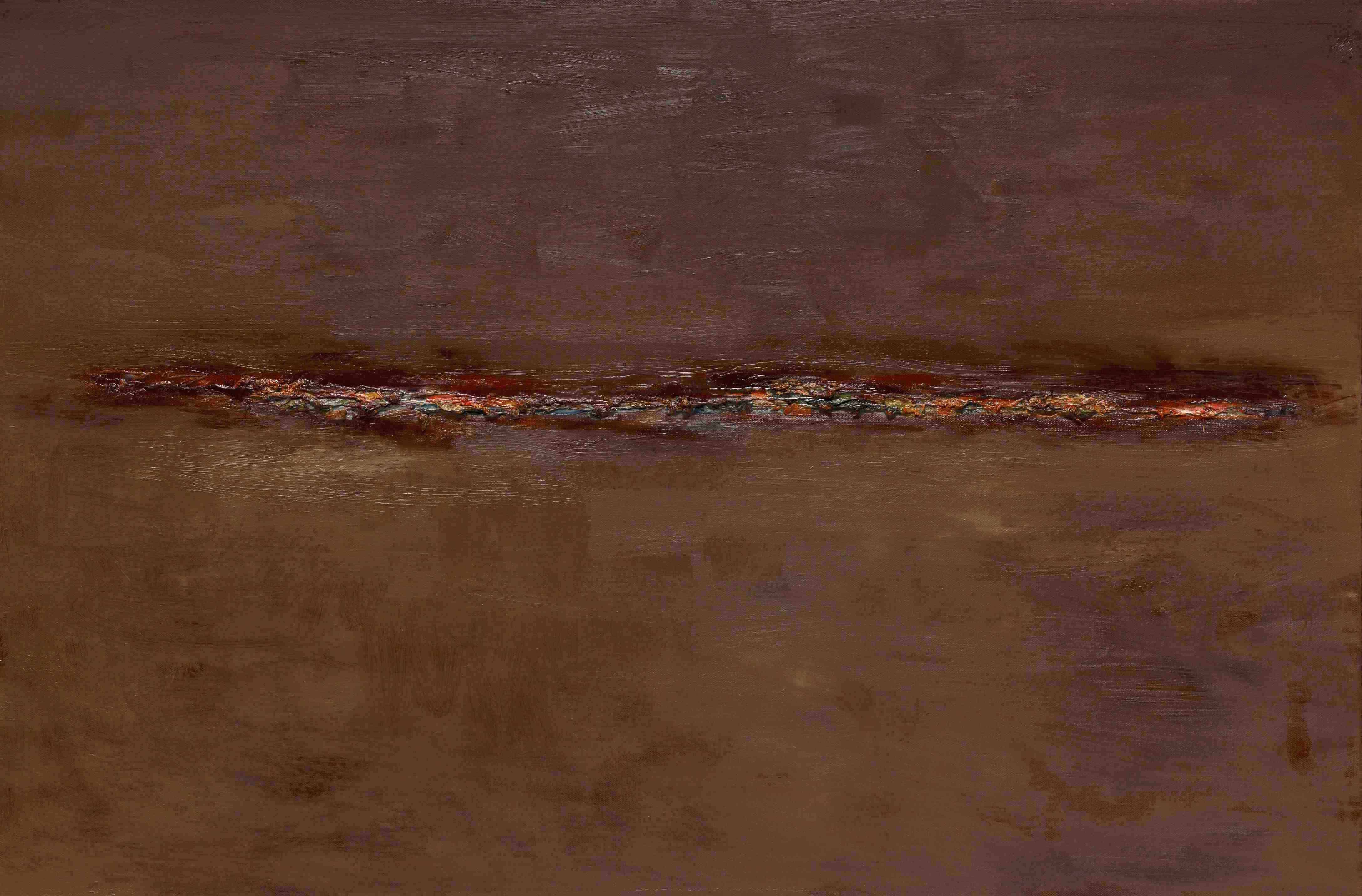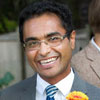Yes, we are polarized. Yes, our Church is wounded. Yes, our dreams of equality have not been reached. But that does not have to be the end of the story.
For weeks now, we’ve been brainstorming what we can do to rebuild ourselves and our nation. Whether it’s through educating ourselves about racism or recharging via nostalgic television shows, we have to move on – productively. The question, of course, is how?
***
Following the Second World War and the devastation of the Holocaust, some philosophers like Martin Heidegger turned to works of art to move forward. Their focus was on aesthetic experiences, experiences that evoke a feeling of beauty, of something greater than the wreckage of the war. The rationality: we can’t let death have the last word – through producing art and writing about it, we can bring new life and meaning into the world.
Admittedly our situation is not clearly so dire. We did not witness the execution of eleven million people. And, this weekend’s Women’s March shows that people are still engaged. That being said, many Americans continue to feel hopeless. We are more fearful than ever. Like the Post-WWII era, could art exhibitions offer us one way to work through our experience of troubled times?
This is exactly what Seattle University professor Trung Pham SJ suggests in his new exhibit, Cracking Power.
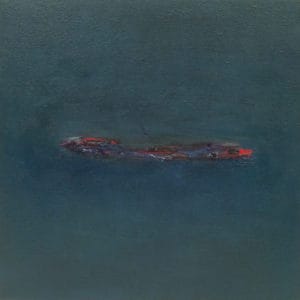
On the one hand, the works in Cracking Power trouble our senses of selves. Images of wounds remind us that at any moment, forces of insecurity might rupture our sense of stability amidst a fragile existence. His soap structures ironically juxtapose these too, also, though more subtly: power, seen in the form of a chair, is stable. Yet the sculpture can disappear when met by such an ordinary substance: water. Whether via dramatic burst or slow evasion, we realize permanence fades away. In the words of dear Taylor Swift, nothing lasts forever.
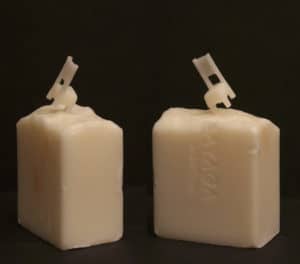
We know this from our own personal experience. A relationship ends – perhaps without us realizing it has been falling apart for years. A car accident takes someone we love, instantly. A political loss means a given cultural reality fades away. For some, that means being rendered an irrelevant stranger.
But, on the other hand, Pham’s Cracking Power suggests radical potential and newness. Out of painful ruptures we can take reclaim ourselves – and our communities. Loss does not have to be forever. Whether we feel personally inferior or collectively defenseless, renewal and innovation is possible. In Pham’s own words, ruptures, cracks, and wounds
can be a transformative moment of well-formed moral character. A social rupture can catalyze and bring forth a process of cultural revolution. In art, rupture provides an aesthetic experience in the form of primordial force.
Aesthetic experiences like Pham’s remind us that we can take painful moments and re-appropriate them into a newly reinvigorated political imagination.
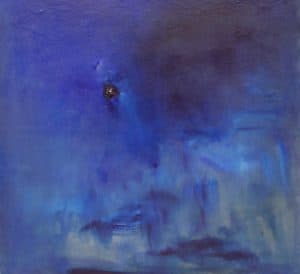
Both our story of faith and the long progress of history tell us that devastation doesn’t have to be the last word. As our former President Obama reminded us two weeks ago,
Our Constitution is a remarkable, beautiful gift. But it’s really just a piece of parchment. It has no power on its own. We, the people, give it power—with our participation, and the choices we make. Whether or not we stand up for our freedoms. Whether or not we respect and enforce the rule of law. America is no fragile thing. But the gains of our long journey to freedom are not assured.
Art, like Pham’s, prompt us to question our disillusionment. It prompts us to re-engage ourselves and our communities so that we might renew and restore social order. His work suggests perpetual stability is constantly evasive, but this is exciting. It means that our work to create personal meaning and community is never done. We fulfill our role in our great democracy by taking up this call each day of our lives. Pham has found his role as an artist and social critique. Now, let’s find ours.
***
The photos, in order, are entitled “Crack 2” (cover photo), Wound 3, Slanted Chair, and Rupture 9. All photos are courtesy of the artist. Click here to learn more information about Cracking Power and the work of Trung Pham SJ. Cracking Power is currently on display at Tobya Art Gallery in Seattle, WA.
To explore the power of art for political change, consider visiting local museums for the aesthetic experience described by Pham.

